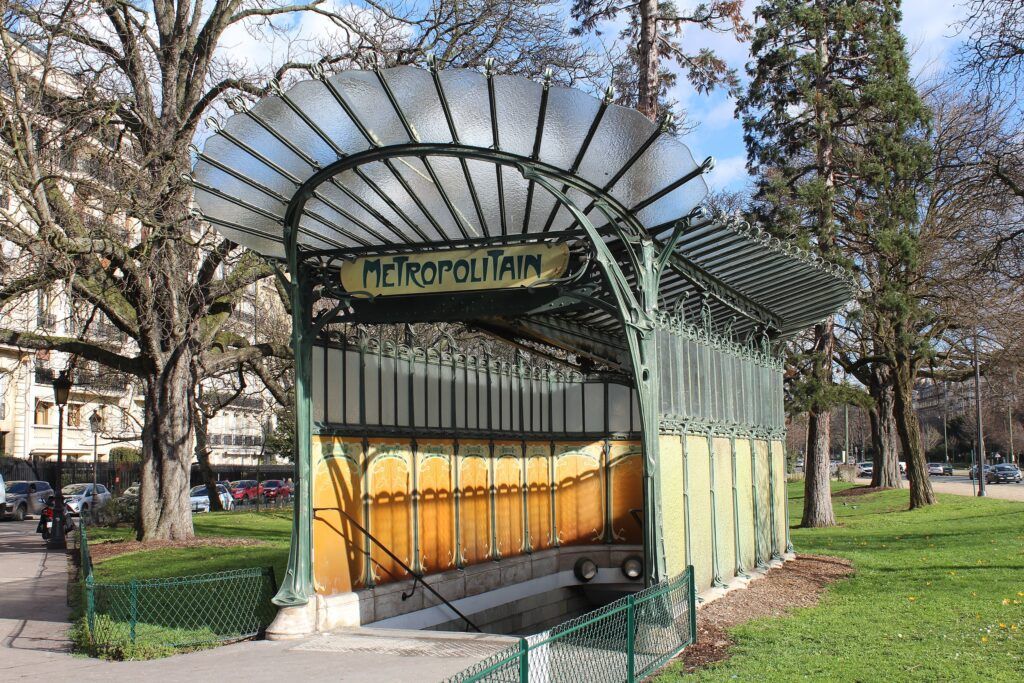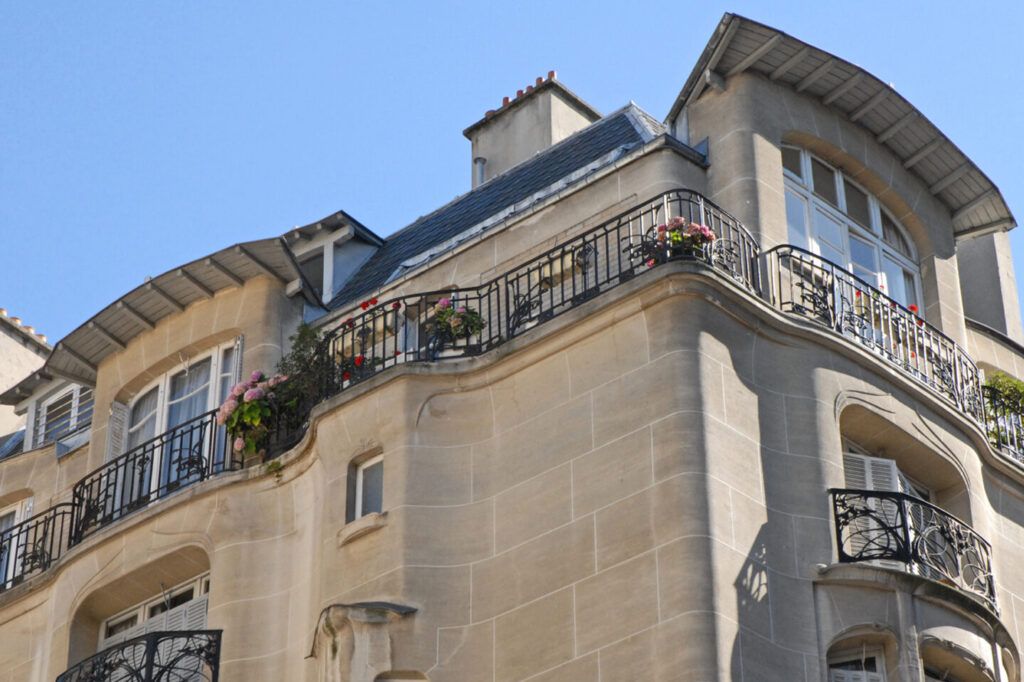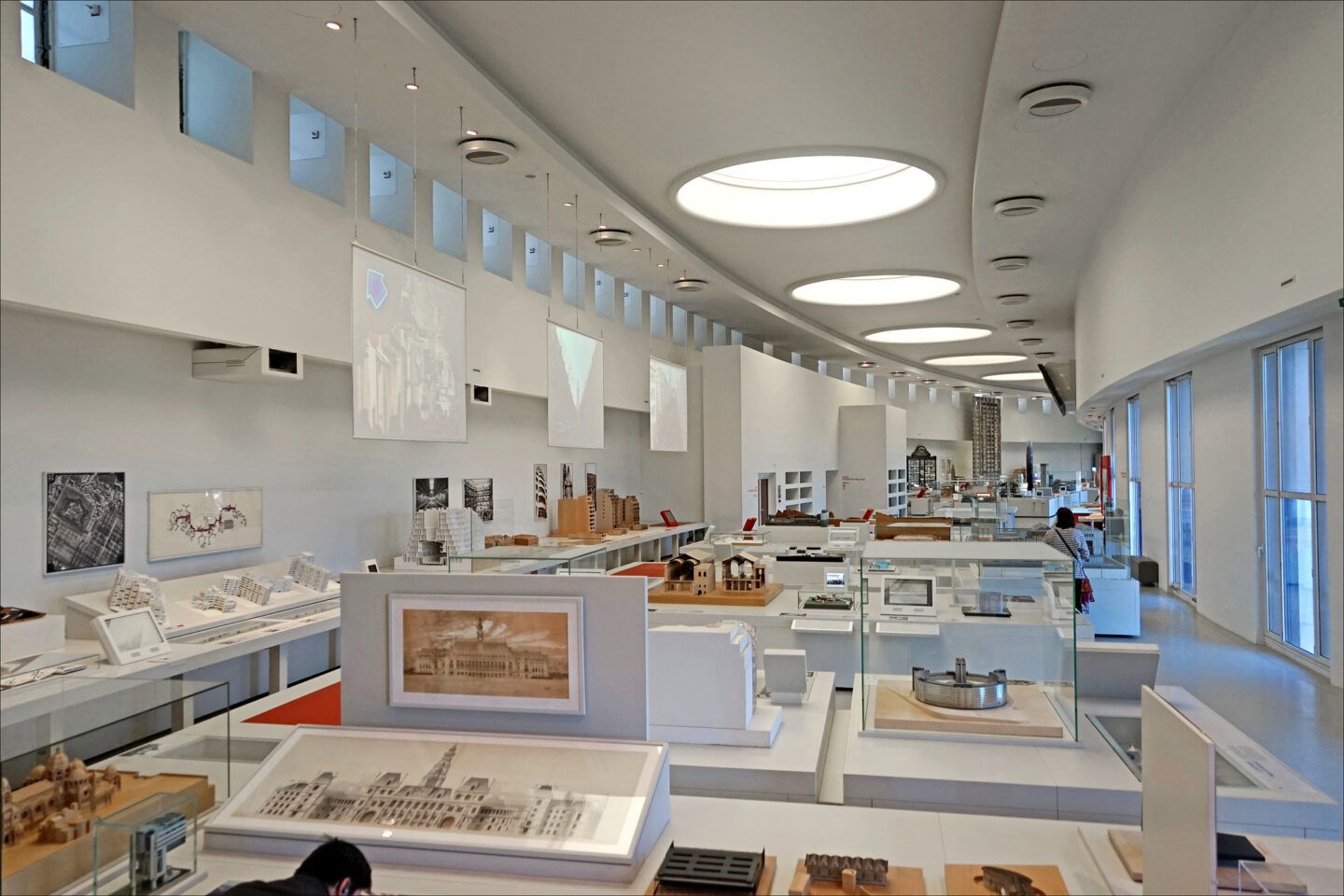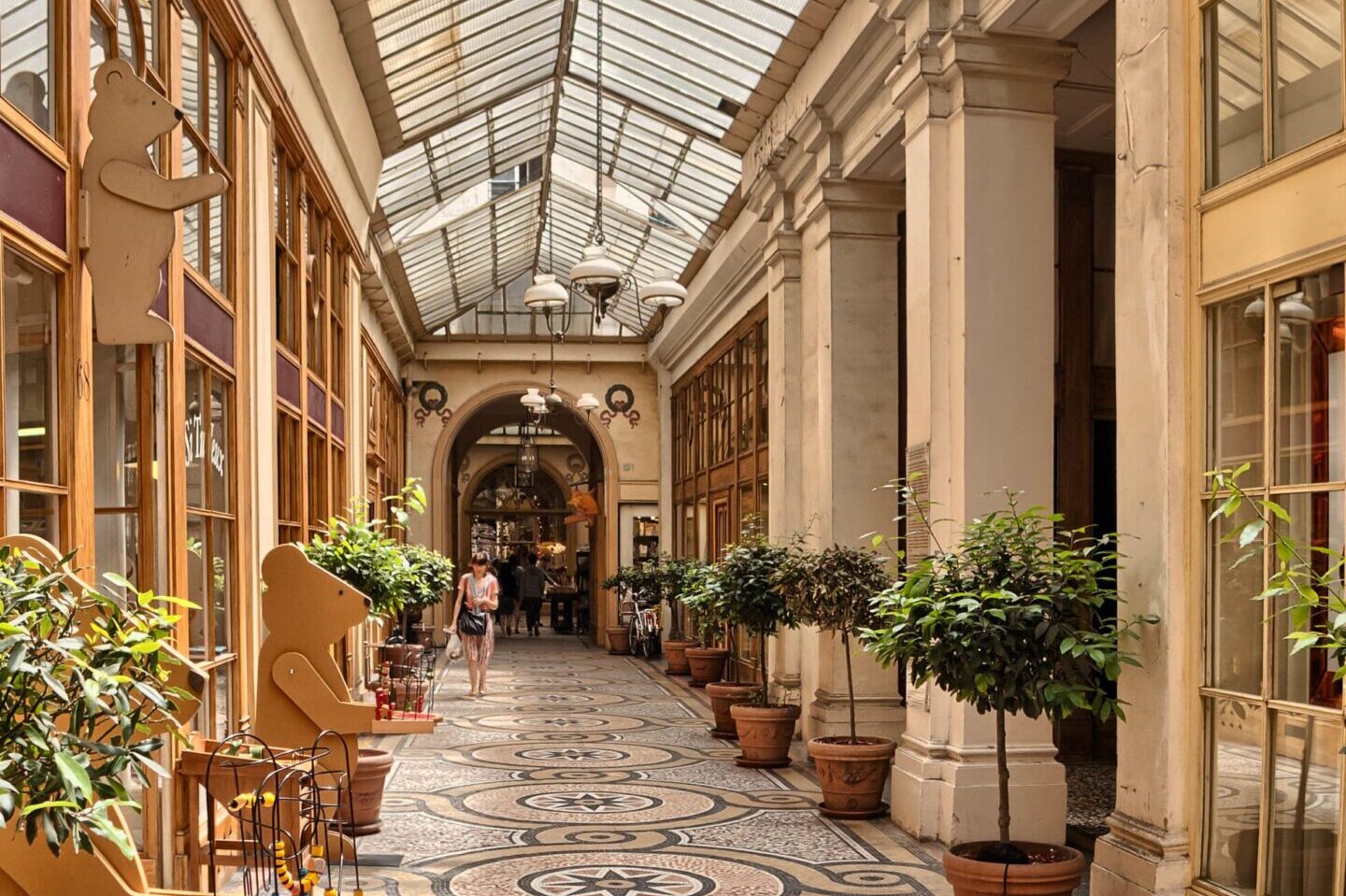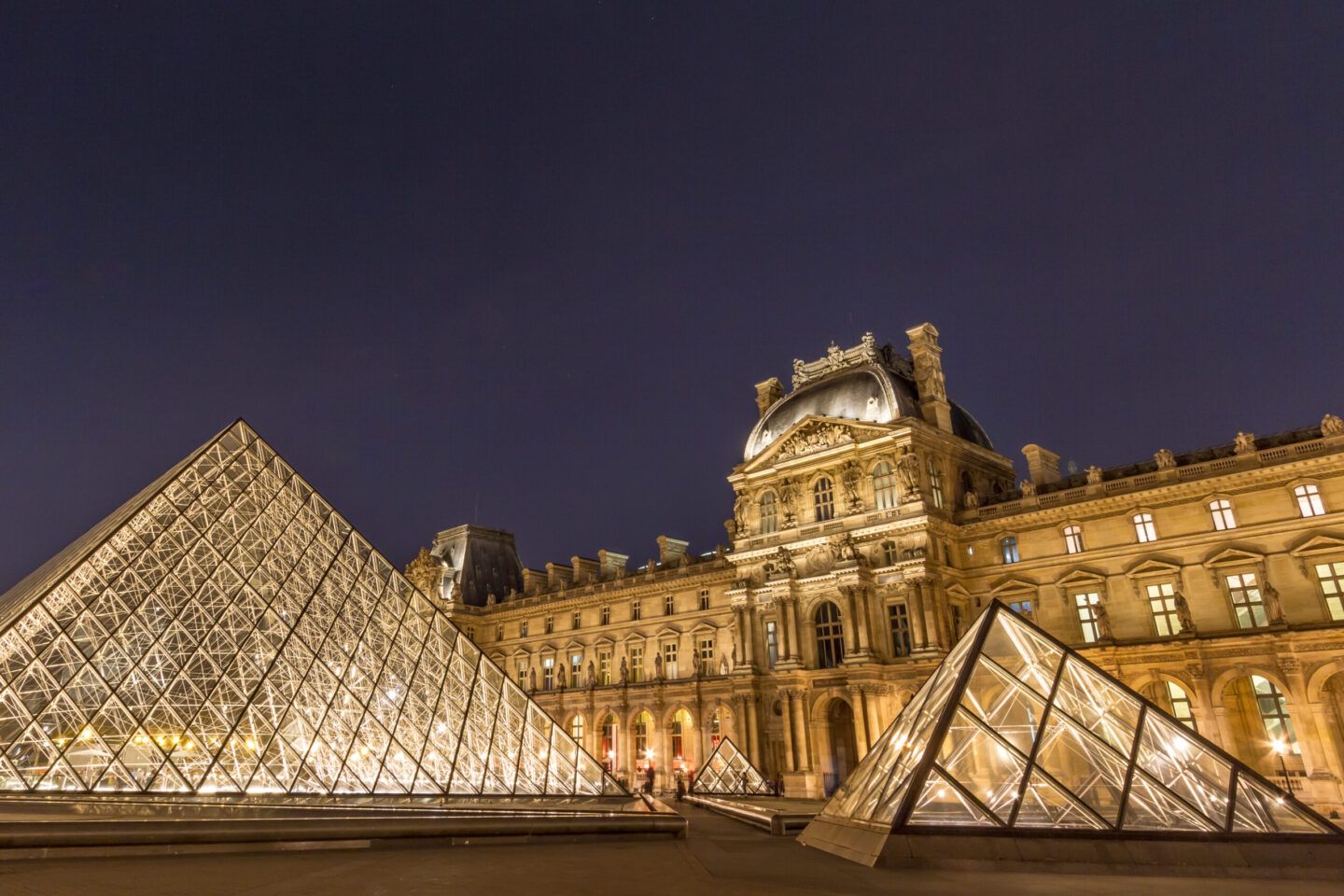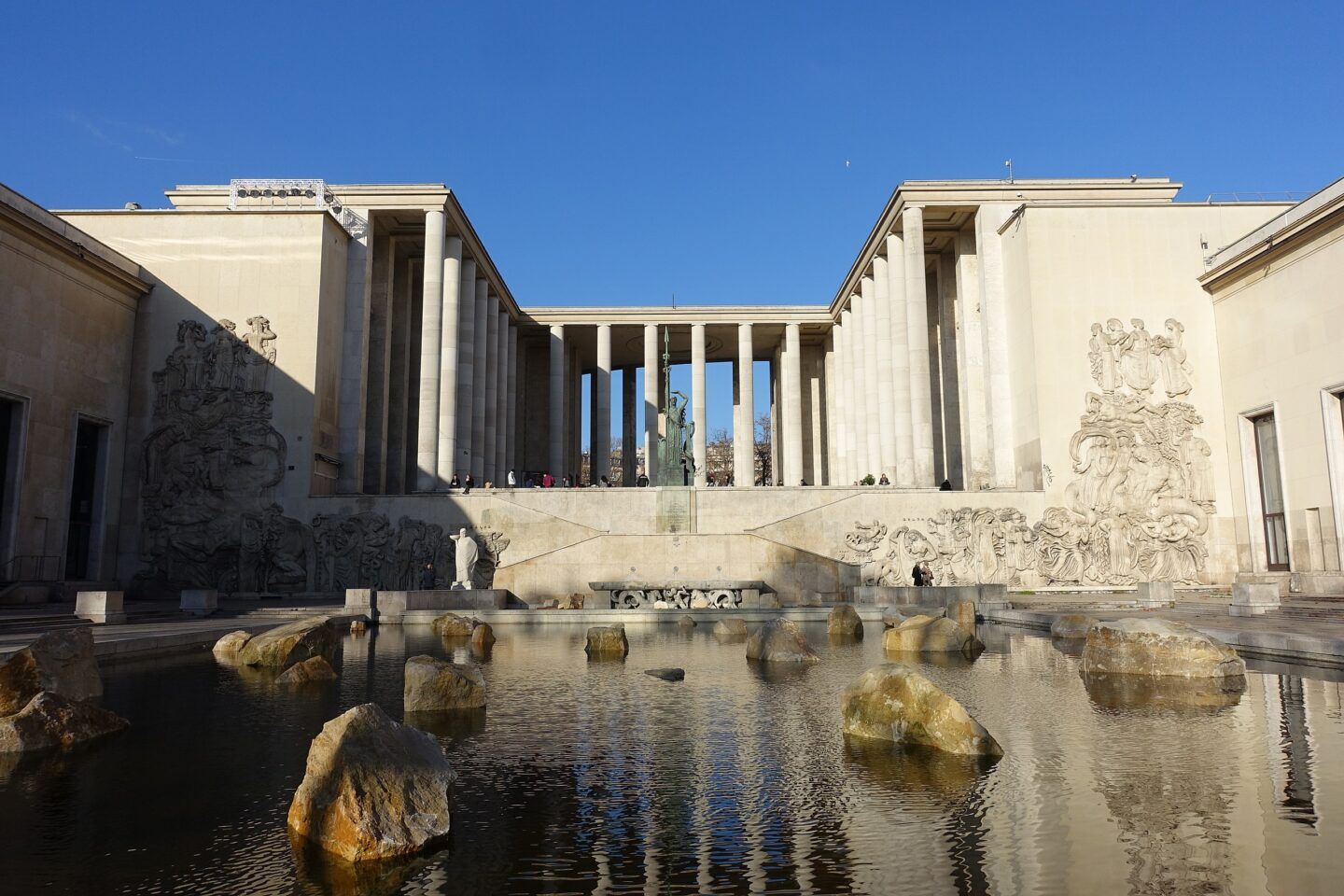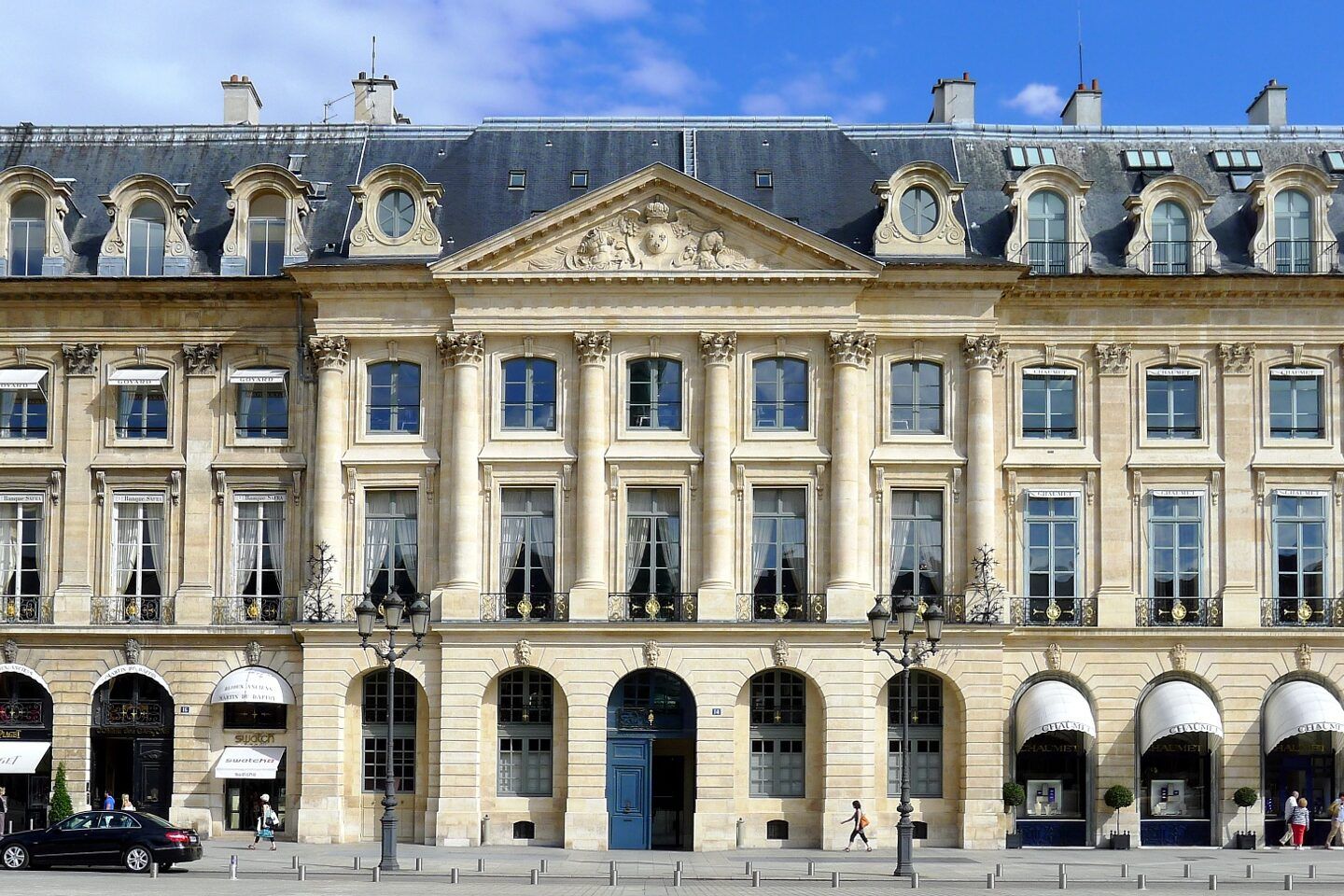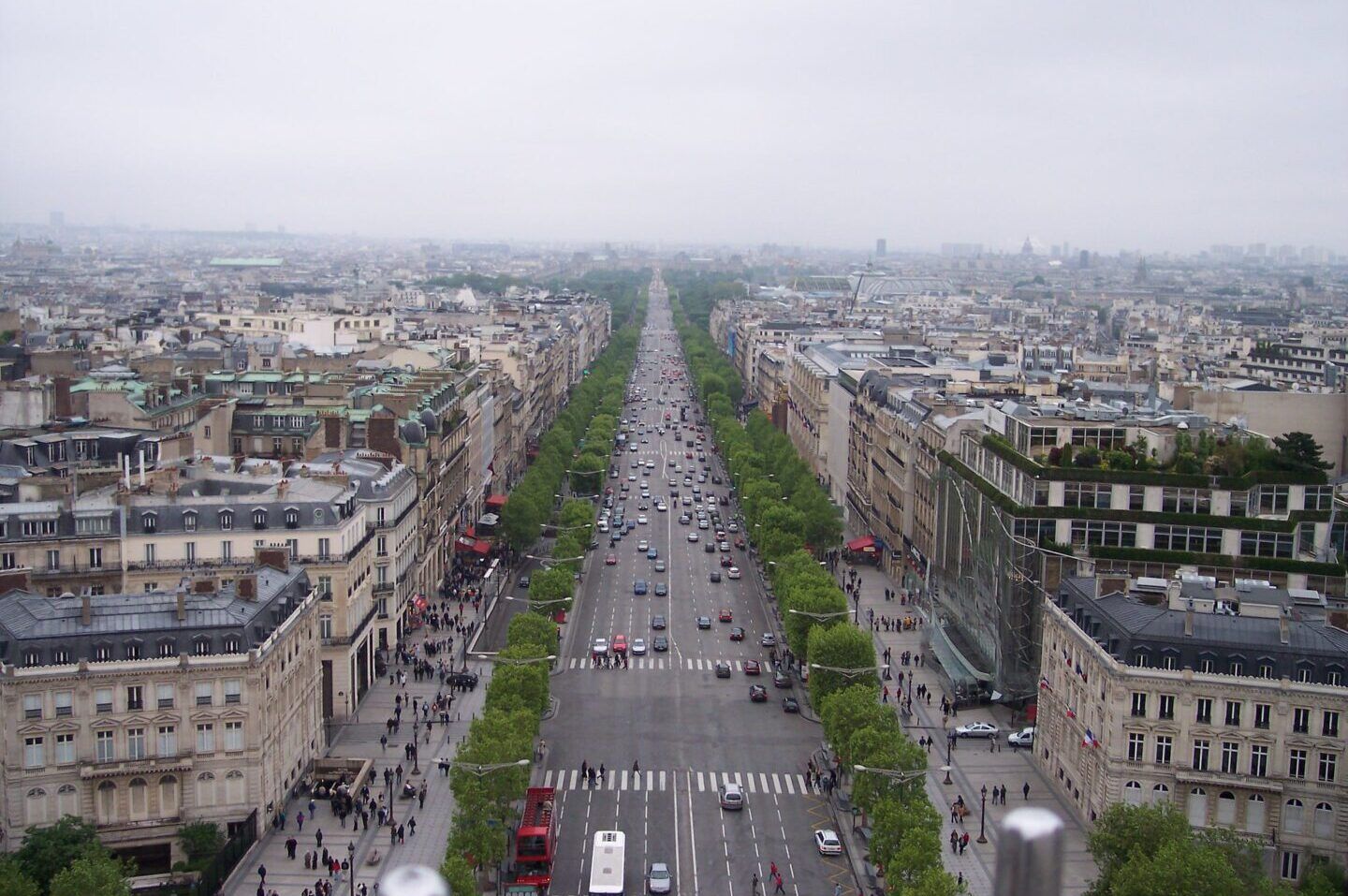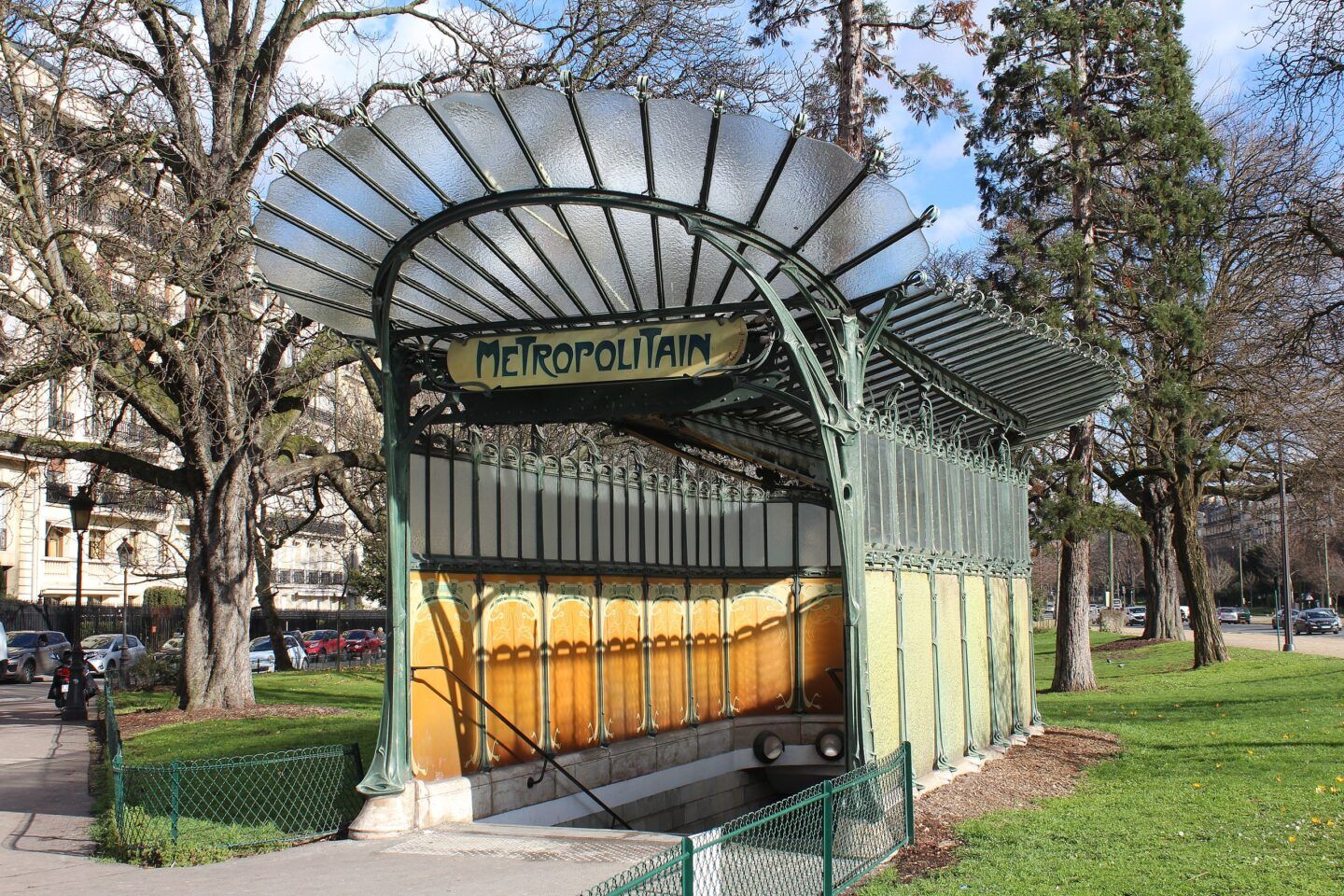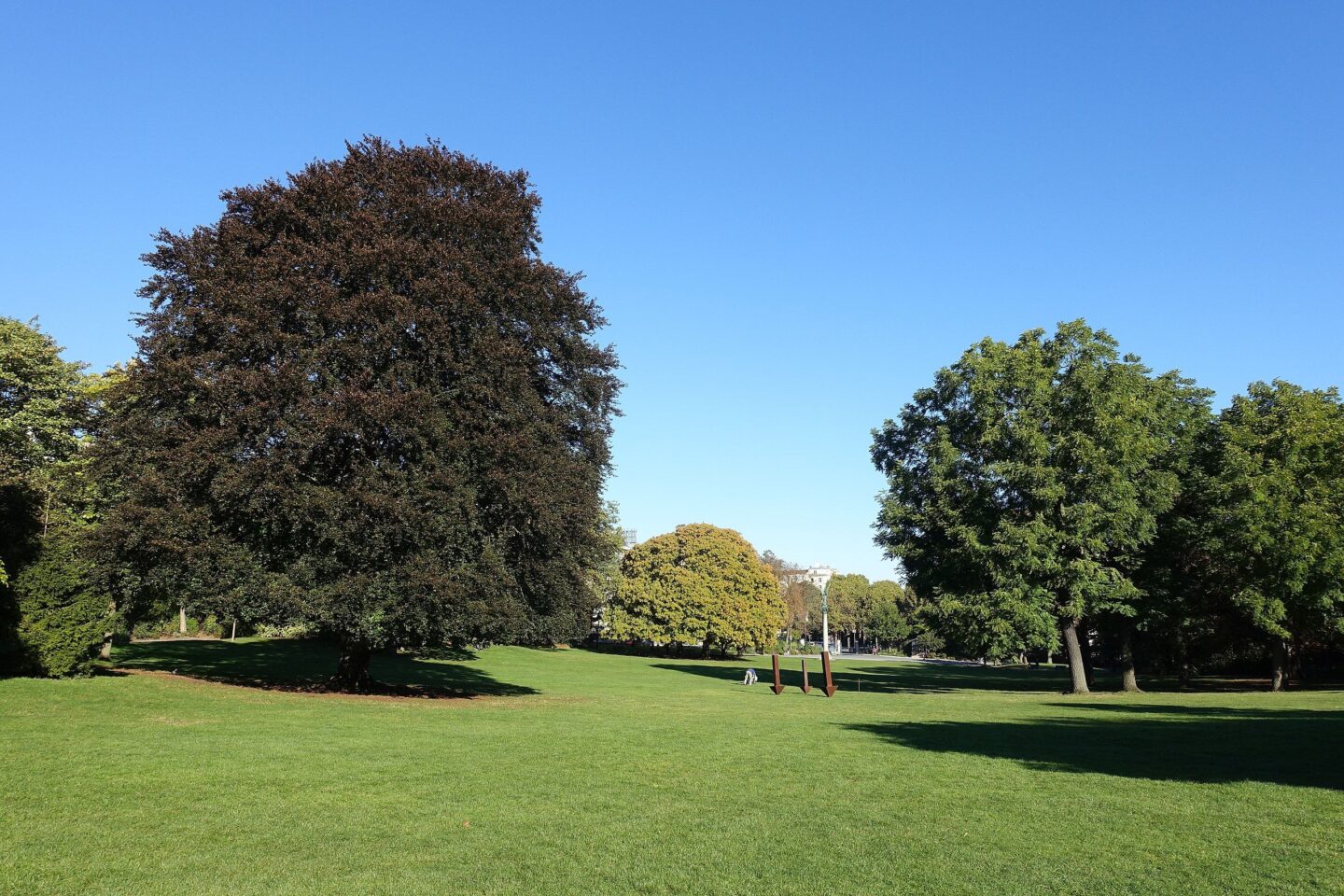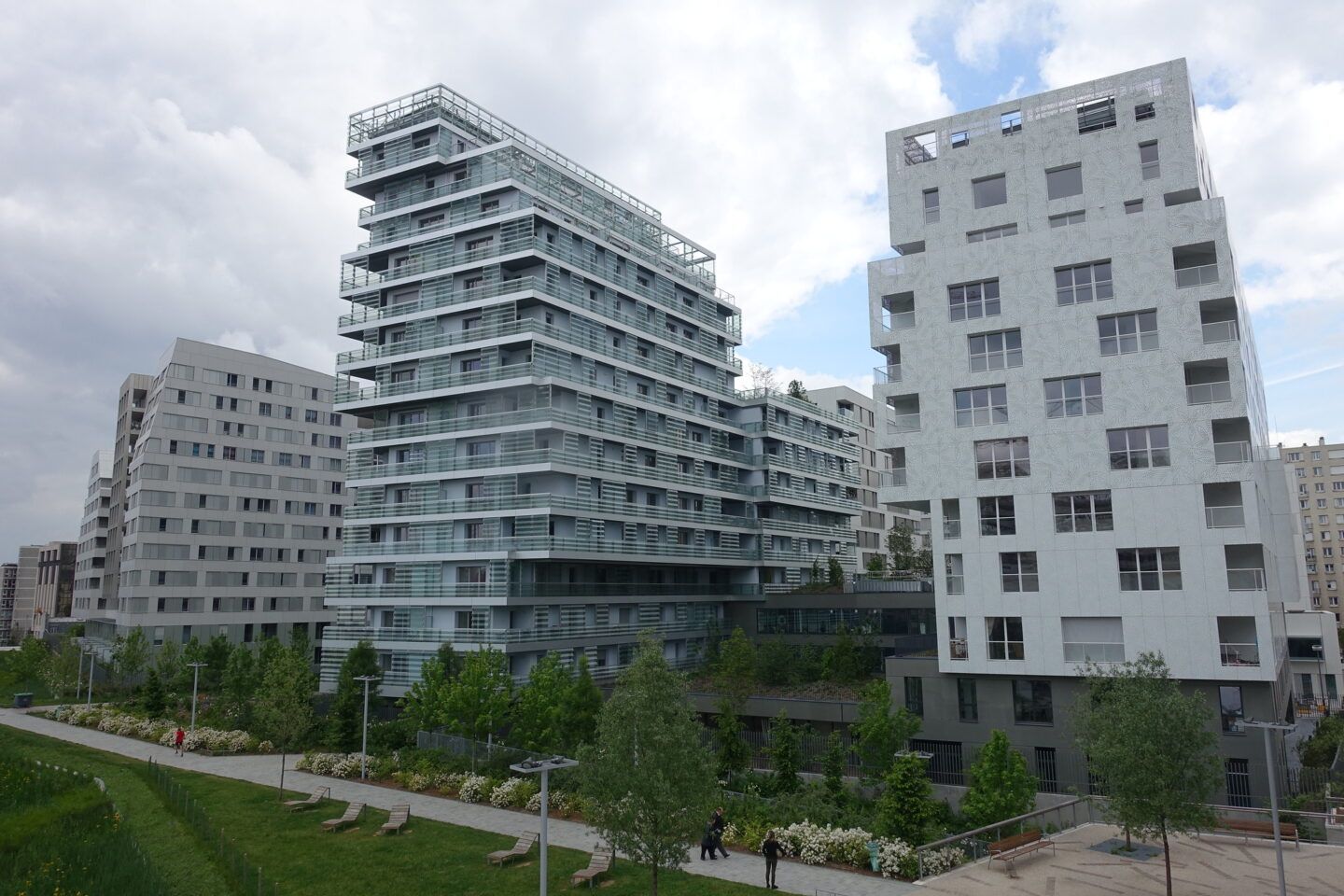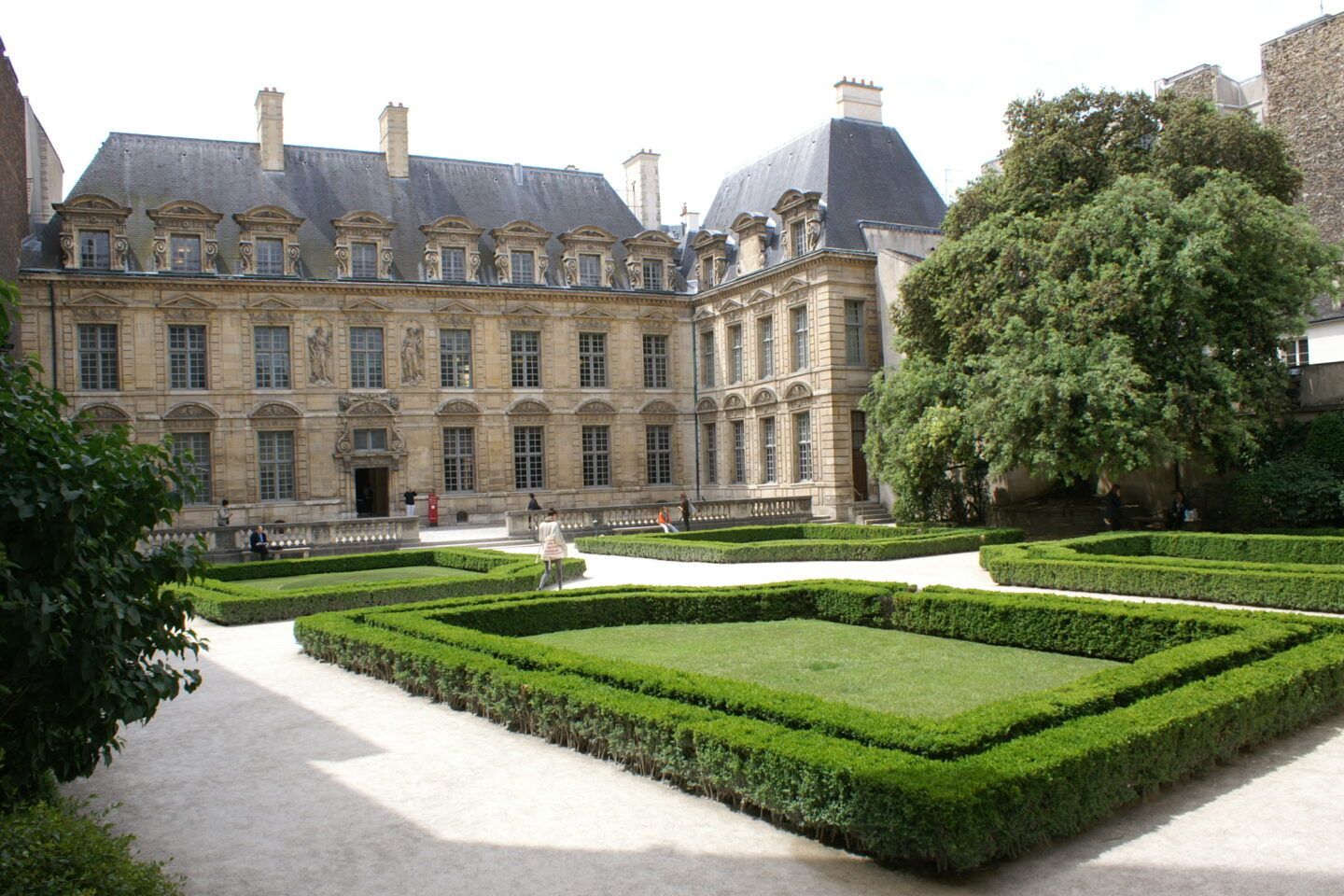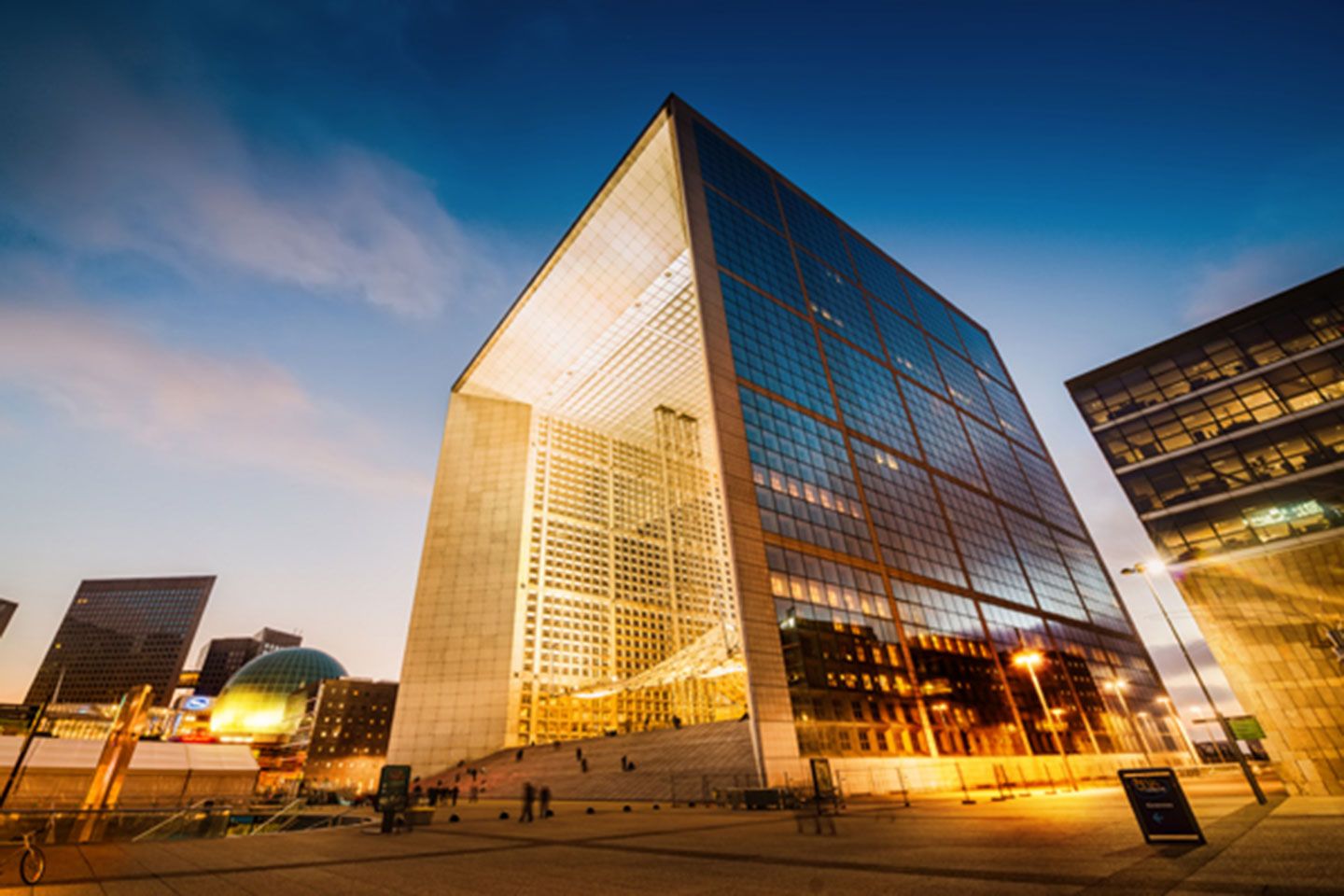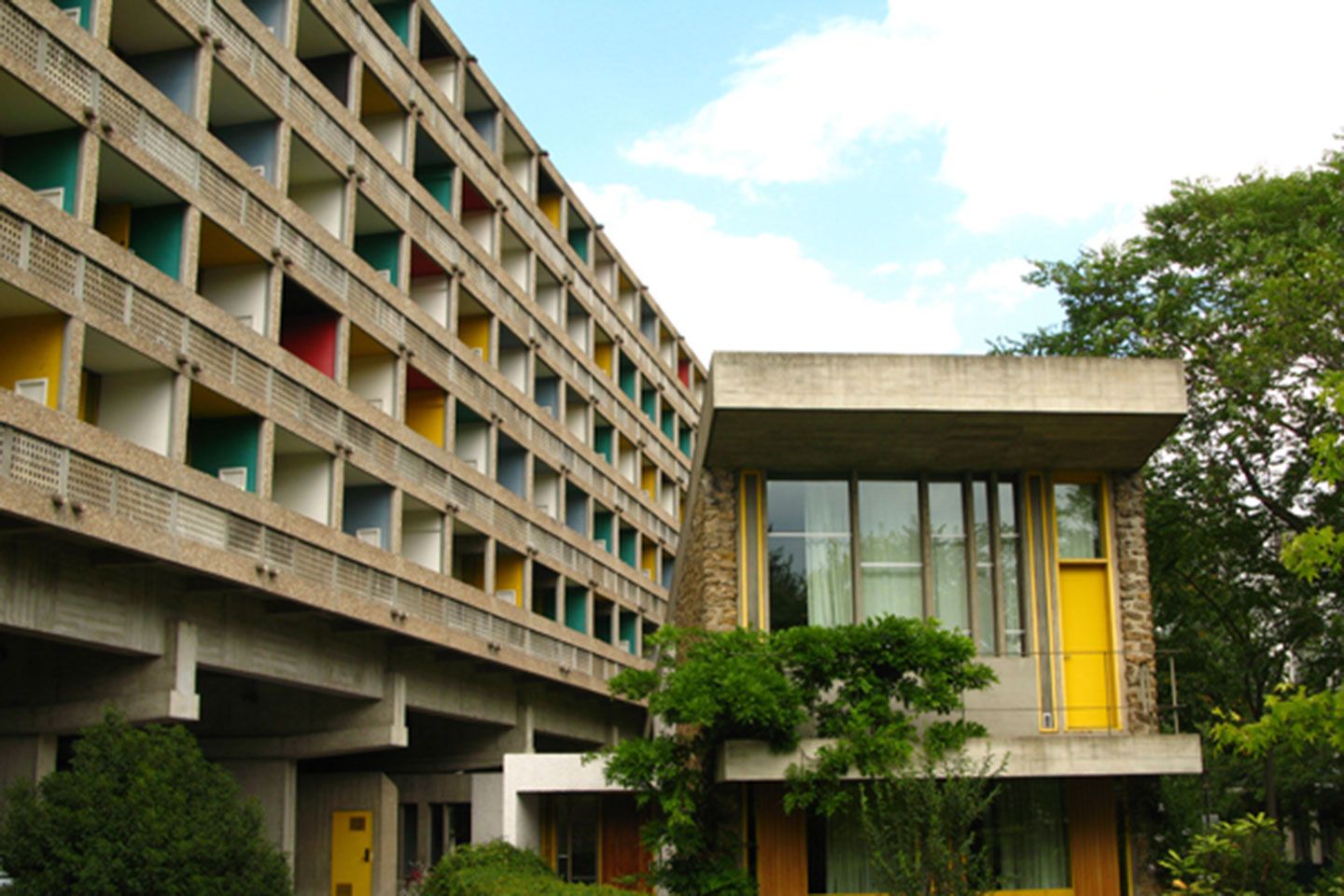Project Description
PARIS – ART NOUVEAU
Languages available: EN ES FR
Customizable tour: Yes
Recommended group size per guide: 25
Duration: 4 hours
DESCRIPTION – Paris: Art Nouveau
In this architecture tour we will discover the Art Nouveau in Paris. Meet the Guimard’s buildings with an architect!
When you arrive in Paris, one of the first things you see are the entrances to the metro, made by Hector Guimard in Art Nouveau style. This art movement tried to break all connections to classical times and produced a fabulous set of architecture. This tour proposes you to discover the Art-nouveau district of Paris where many buildings by Guimard are hidden today. After this walk we indicate you an amazing Art-nouveau Parisian brasserie where you could dine.
At the end of the 19th century, Passy, Auteuil and Chaillot, still rural communities, were incorporated into the capital, providing ample scope for architectural experimentation. Art Nouveau was the first style introduced by French architect Hector Guimard. He was a leading figure in the movement in France and was himself inspired by its figurehead, the Belgian Victor Horta.
Entrance doors, balconies, metro stations, shop windows, building gables… West Paris is filled with small yet spectacular illustrations of this early 19th century artistic movement. A stroll through the 16th arrondissement reveals architectural gems.
Throughout the tour we will see: Hôtel Pauilhac, built in 1911 (example of late Art Nouveau). The mixture of styles is a hallmark for École de Nancy. Cité de l’Argentine, designed by Henri Sauvage and Charles Sarrazin between 1904-1907. Porte Dauphine, one of the iconic Guimard metro entrances. Between 1899 and 1904, Guimard designed 380 subway entrances. Today, only 86 remain across 66 metro stations.
Completed in 1898 Castel Béranger is considered to be the first work of Hector Guimard and most famous Art Nouveau building of this architect. This façade is different from the buildings of the time; the complex, dominated by bright colours like aqua, orange and beige tones, is connected by bay windows.
We can clearly see the evolution of style of Guimard in Hôtel Mezzara (1910). We can find a more sober style here. The house was designed for Paul Mezzara, and artist and friend of the architect. Near this we can find Hôtel Guimard (1909) and made it his home and design studio.
The building at number 18 Rue Heine is one of Hector Guimard’s last works in the Art Nouveau style. Built in 1926, the architect has abandoned ornamentation for a more refined style announcing the new Art Deco trend.
One of Hector Guimard’s final examples of the Art Nouveau design is the structure at number 18 Rue Heine, built in 1926. The architect abandoned adornment in favor of a more refined design declaring the new Art Deco movement.
Continuing our walk we’ll see Hôtel Deron-Levent and Hôtel Jassédé both by Hector Guimard. At the south of the Auteuil district we will see another work by Guimard, the former École du Sacré-Cœur, built in 1895. The building was inspired by the work of Viollet-le-Duc who the architect admired.

